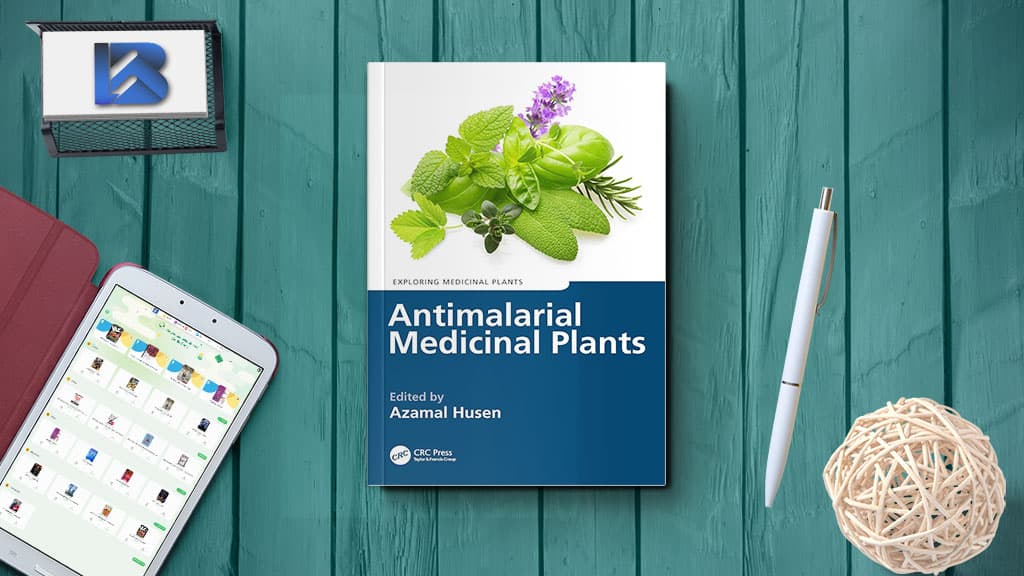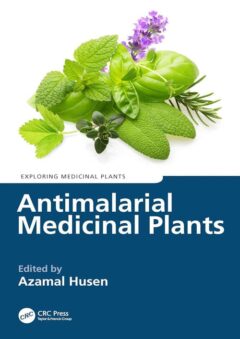Antimalarial Medicinal Plants Review
Malaria, a life-threatening disease transmitted through the bite of infected mosquitoes, continues to be a significant public health challenge worldwide, particularly in tropical and subtropical regions. Despite substantial efforts to control and eradicate the disease, it remains a leading cause of morbidity and mortality, with an estimated 229 million cases and 409,000 deaths reported globally in 2019 alone, according to the World Health Organization. One of the most pressing issues in malaria control is the emergence of drug-resistant strains of the malaria parasite, Plasmodium spp., rendering many conventional antimalarial drugs ineffective.
This necessitates the exploration of alternative treatment strategies, and one promising avenue lies in the rich diversity of medicinal plants found in various ecosystems around the world. For centuries, traditional healers and indigenous communities have relied on medicinal plants to treat malaria and alleviate its symptoms. These plants contain bioactive compounds with inherent antimalarial properties, offering a potential source of novel drugs and therapeutic agents. The study of antimalarial medicinal plants represents a convergence of traditional knowledge and modern scientific research, aiming to harness nature’s pharmacy in the fight against malaria.
Artemisia annua, commonly known as sweet wormwood, is among the most well-known antimalarial plants. It contains artemisinin, a sesquiterpene lactone compound that has revolutionized malaria treatment since its discovery in the 1970s. Artemisinin-based combination therapies (ACTs) are now frontline treatments for uncomplicated malaria, demonstrating high efficacy in reducing parasite load and improving patient outcomes. Cinchona officinalis, or the Peruvian bark tree, is another important source of antimalarial compounds.
Its bark yields quinine, a natural alkaloid with a long history of use in treating malaria. While synthetic antimalarial drugs have largely replaced quinine in clinical practice, it remains a vital treatment option, particularly in cases of severe malaria and in regions where drug resistance is prevalent.
The exploration of antimalarial medicinal plants extends far beyond these well-known examples, encompassing a vast array of plant species from different geographical regions. Each plant contains a unique combination of bioactive compounds that target various stages of the malaria parasite’s life cycle, offering a diverse and complementary approach to malaria treatment and prevention.
However, the utilization of medicinal plants for malaria treatment is not without challenges. Issues such as standardization of plant extracts, identification of active compounds, assessment of safety and efficacy, and sustainable harvesting practices must be addressed to ensure their successful integration into mainstream healthcare systems.

“The Magic 2012 ebook” by Rhonda Byrne is a compelling addition to “The Secret Library,” a series dedicated to exploring the transformative power of positive thinking and manifestation. Building upon the principles introduced in Byrne’s earlier works, such as “The Secret” and “The Power,” this book delves deeper into the practice of gratitude and its profound effects on personal well-being and success. At its core, “The Magic 2012” is a guidebook to unlocking the full potential of gratitude in every aspect of life. You can The Magic 2012 by Rhonda Byrne pdf free download from the LiveinBook.
Antimalarial Medicinal Plants Summary
Malaria remains a significant global health challenge, particularly in tropical and subtropical regions where the disease is endemic. Despite advancements in modern medicine, the emergence of drug-resistant strains of the malaria parasite has underscored the importance of exploring alternative treatment options. One promising avenue lies in the rich biodiversity of medicinal plants, many of which have demonstrated potent antimalarial properties throughout centuries of traditional use.
Artemisia annua, commonly known as sweet wormwood, is one of the most renowned antimalarial plants. It contains artemisinin, a compound that has revolutionized malaria treatment since its discovery. Artemisinin-based combination therapies (ACTs) are now frontline treatments for uncomplicated malaria, proving highly effective in reducing parasite load and symptoms. Beyond artemisinin, other constituents within Artemisia annua exhibit synergistic effects, enhancing the plant’s overall antimalarial potency.
Cinchona officinalis, or the Peruvian bark tree, is another vital source of antimalarial compounds. Its bark yields quinine, a compound with a long history of use in treating malaria. Although synthetic drugs have largely supplanted quinine in clinical practice, it still serves as a crucial treatment in cases of severe malaria and as a prophylactic in regions where drug resistance is prevalent.
Neem (Azadirachta indica), a tree native to the Indian subcontinent, possesses diverse pharmacological properties, including antimalarial activity. Neem extracts have shown efficacy against various stages of the malaria parasite’s life cycle, making it a promising candidate for further research into new antimalarial drugs.
In addition to these well-known examples, numerous other medicinal plants from different regions exhibit antimalarial properties. These include Cryptolepis sanguinolenta from West Africa, whose alkaloids have demonstrated potent antimalarial effects, and Picralima nitida, also known as Akuamma, traditionally used in African folk medicine for treating malaria.
The exploration of antimalarial medicinal plants extends beyond identifying individual compounds. Synergistic interactions between different plant constituents and their mechanisms of action against the malaria parasite offer a holistic approach to combating drug resistance and improving treatment outcomes.
However, challenges persist in harnessing the full potential of medicinal plants for malaria treatment. Standardization of extracts, identification of active compounds, and understanding their pharmacokinetics and safety profiles are critical steps in translating traditional knowledge into evidence-based therapeutics. Additionally, issues such as sustainable harvesting, conservation of biodiversity, and equitable access to herbal remedies must be addressed to ensure their long-term viability as antimalarial treatments.
In conclusion, Antimalarial medicinal plants represent a valuable resource in the fight against malaria. By leveraging nature’s pharmacopeia and integrating traditional wisdom with modern scientific approaches, researchers can unlock new treatment modalities and strengthen the global arsenal against this deadly disease.
Dear friends, support the respected author by legally purchasing the book. Click here to buy. (All writers’ income is from the same support)


Similar books
Davidson's Principles and Practice of Medicine, 24th Edition (2022)
Living Fully: Dare to Step into Your Most Vibrant Life 2022
Pharmacology: An Introduction, 8th Edition 2022
Unfu*k Yourself: Get Out of Your Head and into Your Life 2017